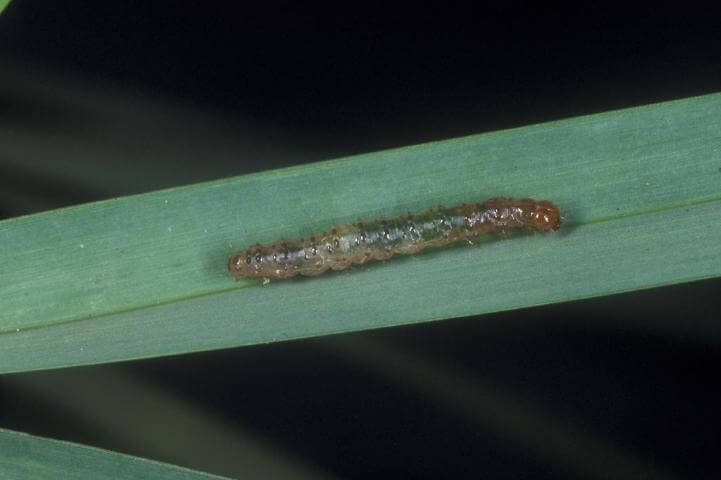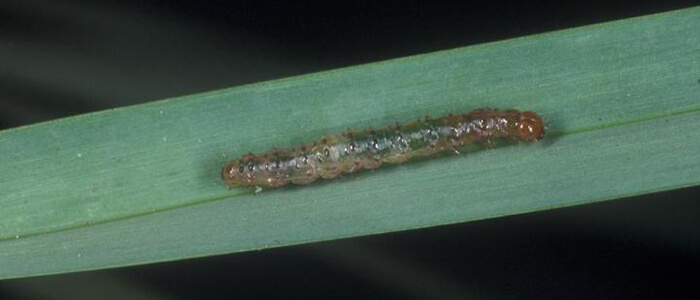Lawn Caterpillars

Florida-Friendly Landscaping™ in a Minute
Episode Archive
Episode #104 | Original Air Date: July 23, 2020
Related Resources
Transcript
If you notice your turfgrass blades turning into net-veined skeletons that then disintegrate into bare spots, you may have an infestation of lawn caterpillars. Common turf caterpillars include the tropical sod webworm, the fall armyworm, and the striped grass looper.
Caterpillar larvae feed at night and hide near the soil surface during the day. Part the grass in the affected areas to find the culprit.
Spot treatments with products labeled for lawn caterpillar use may be applied when the damaged area is still small. Be sure to follow all label instructions and UF/IFAS guidelines.
Better yet, help prevent caterpillars by not overwatering and avoiding unnecessary applications of soluble nitrogen fertilizers.
Florida-Friendly Landscaping™ in a Minute is a production of the University of Florida’s Florida-Friendly Landscaping™ Program, IFAS Extension, and WUFT-FM in cooperation with the Florida Department of Environmental Protection.

